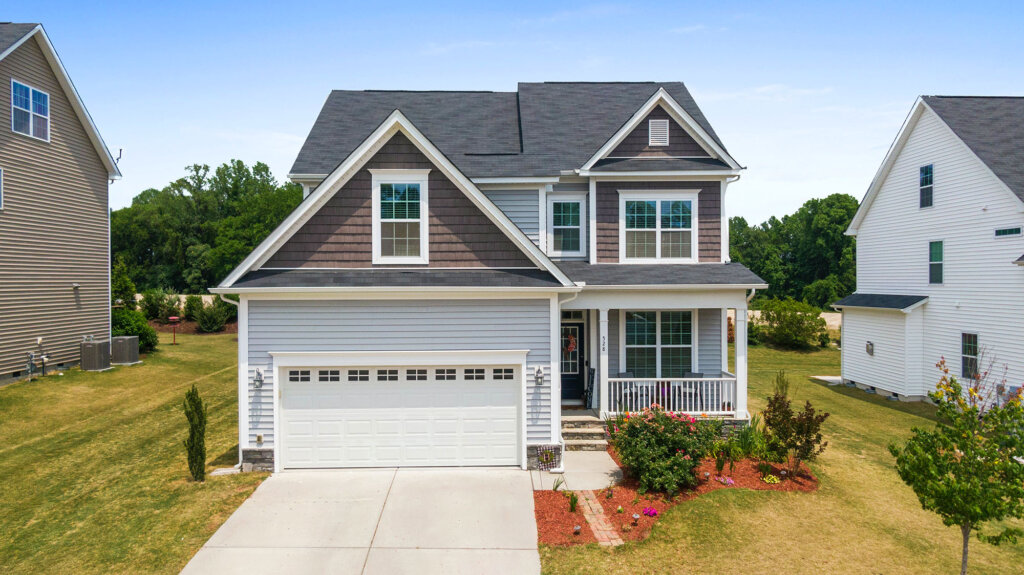Firewise Communities
Join collective efforts to improve wildfire preparedness in California.

Firewise USA®: Supporting communities
The Firewise USA® program, led by the National Fire Protection Association (NFPA), offers a structured approach for communities to enhance their wildfire resilience in California. This initiative promotes collaborative efforts among residents, local fire departments, and other key stakeholders to bolster the fire resistance of homes and surroundings. Integral to California’s wildfire preparedness strategy, the program is supported by CAL FIRE’s Community Wildfire Preparedness & Mitigation Division, aiding communities in achieving Firewise designation.
Firewise recognition
Achieving Firewise USA® recognition is a collaborative and ongoing process. Each step is designed to empower residents and stakeholders to work together to enhance their local area’s wildfire resilience.
- Establish a board or committee with residents and key wildfire stakeholders.
- Include local fire departments, state forestry agencies, elected officials, emergency managers, and property management companies.
- Collaborate to define the Firewise site’s size and boundaries accommodating 8 to 2,500 single-family dwelling units. Multiple Firewise USA® sites can be located within a city/town or master-planned community/HOA.
- Consult with state forestry agencies or fire departments to assess community-wide wildfire risks, identifying areas of successful wildfire risk reduction and areas you could improve.
- Focus on general home conditions and surrounding ignition zones, updating the wildfire risk assessment every 5 years.
- Utilize resources like California’s State Liaison contacts and the Firewise USA template to learn more about requirements and how to get started.
- Engage in online training, like this Community Wildfire Risk Assessment Tutorial for comprehensive understanding and action planning.
- The committee should draft an action plan, prioritizing risk reduction projects and suggesting homeowner activities.
- Include educational efforts to be undertaken annually or over multiple years.
- Revisit the action plan and update it at least every 3 years, referencing California’s 3-year action plan as a model.
- Organize outreach events to encourage community participation in the wildfire action plan as part of your site’s annual wildfire risk reduction investment.
- Document volunteer hours and activities contributing to wildfire risk reduction.
- Aim for an annual investment of one volunteer hour per dwelling unit to meet wildfire risk reduction goals.
- If your site has identified 100 homes within its boundary, then 100 hours of work or the monetary equivalent, based on the independent sector value of volunteer time, need to be completed for that year.
- Submit new applications through the online portal at portal.firewise.org.
- Detail the actions and efforts in your community to engage residents and complete mitigation work at the home level.
- Be aware of additional state-specific application requirements.
- Explore further information and guidelines on the NFPA’s website.
Additional information
More information on creating a Firewise home and community can be found below.